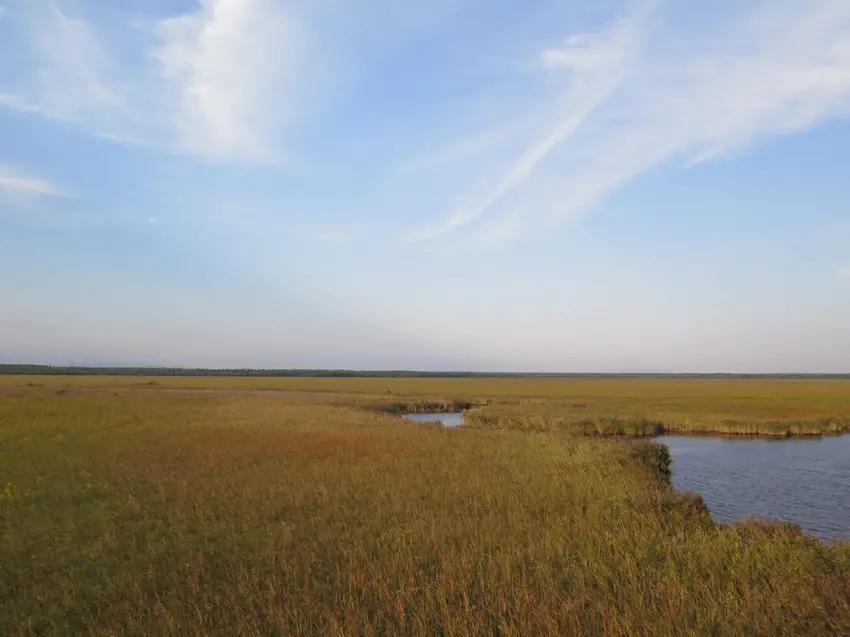Collaboration to meet global goals on nature, climate and people - the importance of protecting and conserving Ramsar sites
Background
Established by Recommendation 4.8 at COP4 in 1990, held in Montreux, Switzerland, and adopted at COP6 in Brisbane in 1996, the ‘Montreux Record’ is a register of wetland sites on the List of Ramsar wetlands of international importance where changes in ecological character have occurred, are occurring, or are likely to occur as a result of technological developments, pollution or other human interference. The Montreux Record is a voluntary mechanism to highlight specific wetlands of international importance that are facing immediate challenges. It is maintained as part of the List of Ramsar wetlands of international importance, with currently 46 sites listed in the Record. While Ramsar sites are increasingly threatened, governments are gearing up to protect and conserve 30% of land and sea by 2030 (‘30x30’) under the post-2020 Global Biodiversity Framework (GBF), and wetlands in particular have been flagged as multi-value sites, also important for climate change mitigation and adaptation. Given the challenges we face to protect even some of these globally recognised sites, we must have the capacity, funds and political will in place to ensure that our existing crown jewels are maintained in a healthy state and able to contribute to national 30x30 objectives.
Outcomes
- To raise awareness of the common challenges Ramsar sites face that put them at risk and listing on the Montreux Record
- To raise awareness of current sites of concern and to engage with Parties and partners to understand how the sites can be better protected, managed and monitored to maintain their status as wetlands of international importance
- To raise attention of the tools and approaches available to support sites to achieve good status and the role of IOPs to provide advice to Parties to the Convention
- To highlight the relevance of Ramsar, alongside other site-based MEAs, such as the World Heritage Convention, UNFCCC and CBD, many of which are holding COPs in the coming months, to the implementation and delivery of global targets on nature, climate and people, in particular 30x30 under the GBF, to achieve an equitable, climate-neutral, nature-positive future.
Programme
13:15: Opening of the Side Event and Welcome - Dr. Musonda Mumba, Secretary General, Ramsar Secretariat
13:20: Keynote Presentation: The Uncomfortable Truth - Rob McInnes
13:30: Lightning Round – Learning from the Status of Sites - James Dalton, IUCN
Candidate locations:
- Donana Wetlands – Spain
- Toondah Bay - Australia
- Lagunas altoandinas y puneñas de Catamarca. Román Baigun, Program Manager for Saving High Andean Wetlands, Wetlands International Argentina.
- Fraser Delta – Canada
- China location tbc
13:50: Panel: Mobilising Action
14:05: Launch of the publication ‘Wetlands at Risk’ - Ms Birguy Lamizana
14:10: Closing: The Opportunity for Ramsar in supporting the delivery of multiple global targets - Ms. Sakhile Silitshena Koketso, Head of Science, Policy and Governance, Secretariat of the Convention on Biological Diversity


